5.4: Bust Up Bullying
- Page ID
- 2377
\( \newcommand{\vecs}[1]{\overset { \scriptstyle \rightharpoonup} {\mathbf{#1}} } \) \( \newcommand{\vecd}[1]{\overset{-\!-\!\rightharpoonup}{\vphantom{a}\smash {#1}}} \)\(\newcommand{\id}{\mathrm{id}}\) \( \newcommand{\Span}{\mathrm{span}}\) \( \newcommand{\kernel}{\mathrm{null}\,}\) \( \newcommand{\range}{\mathrm{range}\,}\) \( \newcommand{\RealPart}{\mathrm{Re}}\) \( \newcommand{\ImaginaryPart}{\mathrm{Im}}\) \( \newcommand{\Argument}{\mathrm{Arg}}\) \( \newcommand{\norm}[1]{\| #1 \|}\) \( \newcommand{\inner}[2]{\langle #1, #2 \rangle}\) \( \newcommand{\Span}{\mathrm{span}}\) \(\newcommand{\id}{\mathrm{id}}\) \( \newcommand{\Span}{\mathrm{span}}\) \( \newcommand{\kernel}{\mathrm{null}\,}\) \( \newcommand{\range}{\mathrm{range}\,}\) \( \newcommand{\RealPart}{\mathrm{Re}}\) \( \newcommand{\ImaginaryPart}{\mathrm{Im}}\) \( \newcommand{\Argument}{\mathrm{Arg}}\) \( \newcommand{\norm}[1]{\| #1 \|}\) \( \newcommand{\inner}[2]{\langle #1, #2 \rangle}\) \( \newcommand{\Span}{\mathrm{span}}\)\(\newcommand{\AA}{\unicode[.8,0]{x212B}}\)
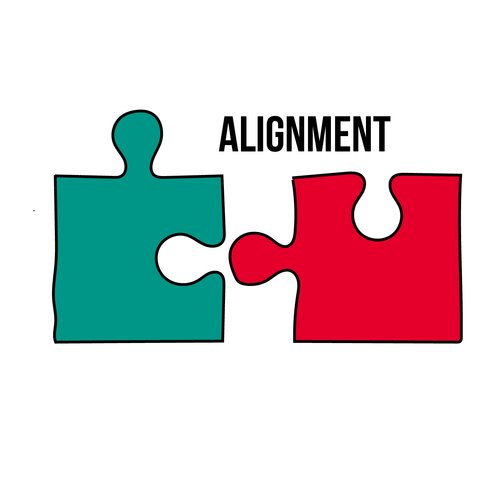
National Health Education Standards (NHES)
- 1.12.2 Describe the interrelationships of emotional, intellectual, physical, s
- 8.12.4 Adapt health messages and communication techniques about bullying to a specific target audience.
Wellness Guidelines
- Decrease negative perception of challenges

- Instruction: In a group or think pair share format, have participants discuss the following questions. Acknowledge those who have progressed toward their goal(s) and encourage anyone who wants to change or modify their goal to get 1:1 support.
- Share: Let’s discuss our SMART Goals.
- How is it going with your current SMART goal?
- What are some ways you can improve progress toward your goal? (Grows)
- What are some ways you are doing well with progress towards your goal? (Glows)
GUIDELINE: Decrease Negative Perception of Challenges
- Share: What guideline do you think is related to today’s lesson? Who has a SMART Goal related to this guideline?
- Instruction: Select one activity.
- Guideline Popcorn: The group lists all 8 guidelines rapidly in popcorn format.
- Guideline Charades: Divide participants into groups and assign each a guideline. Each group has to silently act out the guideline for the rest to guess.
- Two Truths and One Lie:
- Truth 1: Bullying can affect how well you sleep.
- Truth 2: Bullying can affect how well you will perform in school.
- Lie: Most people know how to stop bullying.
- Questions to discuss and/or journal:
- Have you ever experienced bullying or know someone who has? How did that experience make you feel?
- Have you ever bullied someone? How did that experience make you feel? Why do you think you decided to bully that person?
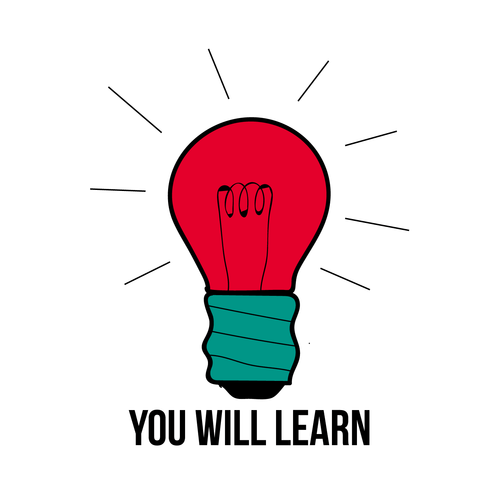
- What is bullying and how to take a stand against
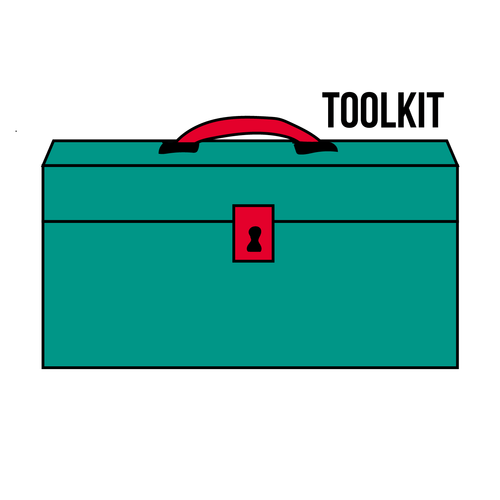
- Worksheets
- Slide presentation
- Colored writing utensils (markers, pens, etc.)
- Poster paper
- Colored construction paper
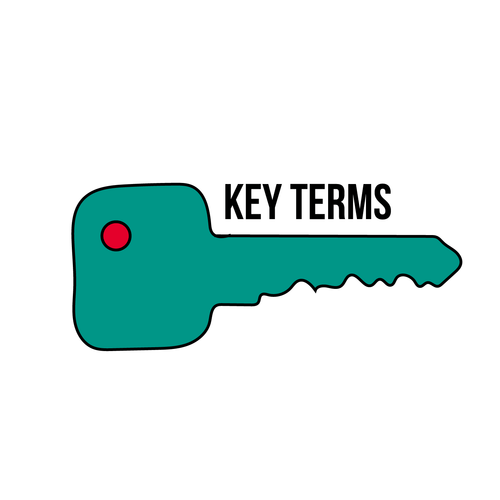
[As defined by Stopbullying.gov, 2017; Merriam-Webster Learner’s Dictionary, n.d]
- Bullying: Unwanted, aggressive behavior that is repeated (or has the potential to be repeated) and involves a real or perceived power imbalance.
- Advocate: A person who works for a cause or group.
- Empathy: The ability to share someone else's feelings.
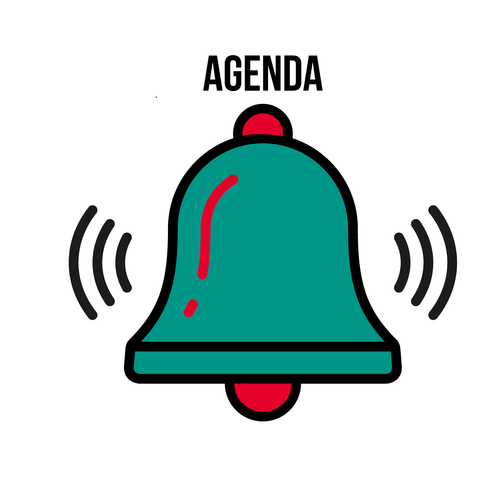
- Do Now
- The Many Faces of Bullying
- Storytime
- Advocate Against Bullying
- Exit Ticket
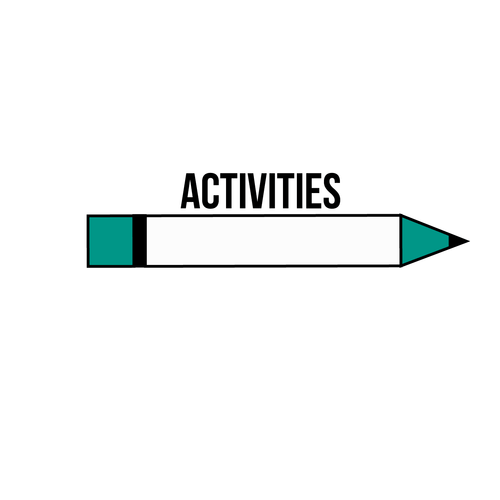
Do Now:
- Instruction:
- Have participants answer the following questions on their worksheet or by sharing out loud.
- What does “bullying” mean to you? When you think about bullying, what are some feelings that come up?
- What would a community (or environment) without bullying look like? Write down at least 5 things.
- Responses may include:
- People feel happier to be there
- People feel safer
- People support and work well with each other
- People feel less stressed and can focus better on other things
- People feel like they belong
- People feel respected and comfortable to share their ideas
- Share:
- Bullying is unwanted, aggressive behavior that is repeated (or has the potential to be repeated) and involves a real or perceived power imbalance (Stopbullying.gov, 2017).
- Bullying actions may include (but isn’t limited to) spreading rumors, verbal attacks, shoving, and purposely excluding someone from a group.
- Responses may include:
Good to Know: The Many Faces of Bullying
- Share:
- There are 4 main types of bullying: verbal, social, and physical.
- Verbal bullying is saying or writing mean things
- Social bullying is when the action hurts someone’s reputation or relationships.
- Physical bullying is hurting a person’s body or possessions.
- Cyberbullying is a more recent one that has rapidly grown since we created computers and cell phones. Cyberbullying is bullying that takes place over digital devices like cell phones, computers, and tablets (Stopbullying.gov, 2017).
- Can you think of examples for each?
- There are 4 main types of bullying: verbal, social, and physical.
- Instruction:
- As participants share out, record answers on a projector, board or flipchart paper. Examples of possible answers include (Stopbullying.gov, 2017):
- Verbal: teasing, name-calling, inappropriate sexual comments, taunting, threatening to cause harm
- Social: leaving someone out on purpose, telling others not to be friends with someone, spreading rumors about someone, embarrassing someone in public
- Physical: hitting, kicking, pinching, spitting, tripping, pushing, taking or breaking someone’s things, making mean or rude hand gestures
- Cyber: sending, posting, or sharing negative content with someone else, sharing personal or private information about someone else causing embarrassment or humiliation
- Share:
- Unfortunately, bullying is a common problem. To give you an idea of how common this issue is, around 28% of U.S. students grade 6-12 report being bullied at some point in their lives (Stopbullying.gov, 2017). That’s almost 1 in 3 teenagers!
- Everyone anywhere can be at risk of being bullied or bullying others. However, some groups (age, ethnic, disabled, LGBTQ, etc.) may be at greater risk.
- Importantly, bullying can have long-term negative effects on the bully, the person being bullied, and even those who are watching the bullying, but not taking part in what is happening.
- Can you think of some effects of bullying on these 3 parties?
- Instruction:
- As participants share out, record answers on a projector, board or flipchart paper. Examples of possible answers include (Stopbullying.gov, 2017):
- People who bully:
- Increase in use of tobacco, alcohol, or other drugs
- Increase chance of engaging in violent behavior, vandalizing property, and participating in criminal activities
- Be abusive towards loved ones
- The decrease in work or academic achievements (getting in trouble, dropping out, etc.)
- People being bullied:
- Increase in mental health problems (depression, anxiety, etc.)
- Decrease in self-esteem
- Changes in sleeping and eating patterns
- Health complaints
- The decrease in work or academic achievements (skipping classes, etc.)
- Decrease in the community (school, office, etc.) involvement
- People who witness the bullying:
- Increase in mental health problems (depression, anxiety, etc.)
- The decrease in work or academic achievements (skipping classes, etc.)
- Increase in use of tobacco, alcohol, or other drugs
- People who bully:
- As participants share out, record answers on a projector, board or flipchart paper. Examples of possible answers include (Stopbullying.gov, 2017):
- Share:
- If you or someone you know are suffering from bullying, try some of these strategies against bullying:
- Try to stay calm and respectful – getting physical can make the situation worse
- Tell someone you trust
- Stay with a group
- Stand up to the bully
- Ignore the bullying and walk away
- Practice being confident
- Take charge of your life by trying something new, exercising, join a club, taking a new class
- Talk about the experience with a trusted friend or adult
- Find true friends
- Start an anti-bullying group at school
- Ask the principal to have an anti-bullying assembly where policy is explained and parents are invited. People who’ve experienced bullying can explain the effects of bullying on their health and wellness.
- If you or someone you know are suffering from bullying, try some of these strategies against bullying:
Real World Relevance: Storytime
- Share:
- Now we are going to read a story about Rachele who learned to be an advocate against bullying. An advocate is a person who works for a cause or group.
- Instruction:
- Read the story, The Table, to participants:
- My older sister was bullied growing up. She had virtually no friends up until high school and used to get in the car after school and cry nearly every day.
- It was beyond painful for me to see her deal with that and I would never wish it on anyone. I went to the same school my sister did and my best friend, Bekah, and I decided that we were going to eliminate bullying in our grade.
- We started by finding the kids in our class that was tortured the most by our classmates and ate with them every lunch. Then we started to partner with them on projects, talk to them outside of class, and hang out with them after school.
- Some upper-class students saw what we were doing and joined in with us. Together we formed The Table, a group made up of a mix of the most popular and most bullied kids from 7th grade to Seniors.
- The people I met by forming this group are some of the best people I have ever met and are all still my friends today. The youngest of the original group all graduated last year, but my sister, Bekah, and I passed on the legacy to our younger brother and to this day bullying in our school have all but disappeared.
- I want to encourage everyone on this site that it can be done. We can stop bullying in schools. Take a stand, and never give up. You are braver than you give yourself credit for.
- By Rachele, 19, Texas (Pacer Center Incorporated, 2012)
- Read the story, The Table, to participants:
- Instruction:
- As participants share out answers to these following questions, record answers on a projector, board or flipchart paper.
- How did Rachele advocate against bullying?
- She found victims of bullying and ate lunch with them
- Partnered with victims when school projects were assigned
- Talked to the victims outside of class
- Hung out with the victims after school
- Upperclassmen joined the effort
- The group formed The Table
- Advocacy continued after they left the school
- Was the advocacy effective? Why?
- Worked together with members of the community
- Effective at spreading the message
- Took initiative to start helping out victims
- How did Rachele advocate against bullying?
- As participants share out answers to these following questions, record answers on a projector, board or flipchart paper.
- Share:
- Rachele was able to advocate against bullying because she empathized with those affected by bullying. Empathy is the ability to share someone else's feelings.
- What are some ways you can show empathy?
- Responses may include:
- Listen to what others are saying
- Ask them how others are feeling
- Try to compromise
- Don’t make assumptions about others
- How might empathy be important for the prevention of bullying?
- Responses may include:
- Help you comfort and support victims
- Help you forgive bullies
- Push you to promote anti-bullying in communities
- Discourage you from bullying others
- Being able to empathize with someone (like Rachele did) will encourage you to try to understand or see things from their perspective and be considerate of their feelings. Therefore, empathy is very important for the prevention of bullying.
- Responses may include:
Hands-On: Advocate Against Bullying
- Share:
- Like Rachele and The Table, you can also be an advocate against bullying.
- One important aspect of advocacy is effective communication or a message that is given to someone.
- Communication techniques include but are not limited to video, public service announcements, posters, public presentations, a song, a poem, etc.
- Today, we are going to be creating posters that advocate against bullying.
- Instruction:
- Divide participants into groups of 4-6.
- Hand each group a poster paper as well as some colored writing utensils and colored construction paper.
- Instruct groups to design an anti-bullying poster.
- Ask them to consider what would make their poster more eye-catching and effective at communicating their message.
- After about 15-20 minutes, have each group come up and present their poster to the rest of the groups.
- For examples of anti-bullying posters, please visit https://bulliesout.com/get-involved/raise-awareness/resources/
- For examples of anti-bullying slogans, please visit nobullying.com/anti-bullying-slogans-for-kids/
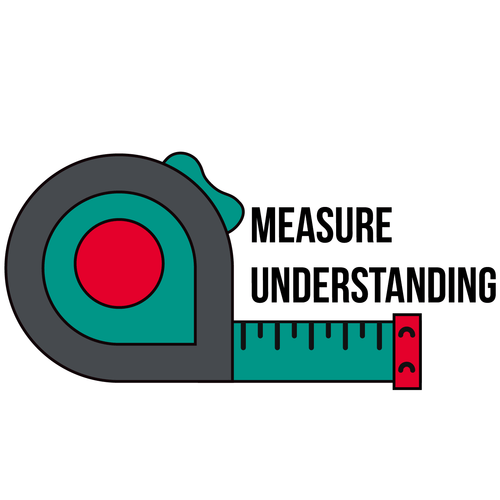
Exit Ticket:
- Instruction:
- Have participants write on their worksheet or share out loud the following question(s).
- What should someone do if they see someone being bullied? What do you think works? What do you think doesn’t work?
- What are some ways you can advocate for bullying in your communities (home, school, work, etc.)?
- Have participants write on their worksheet or share out loud the following question(s).
Bibliography
- Merriam-Webster Learner’s Dictionary. (n.d.). Advocacy. Retrieved From: http://www.learnersdictionary.com/definition/advocacy
- Merriam-Webster Learner’s Dictionary. (n.d.). Empathy. Retrieved From: http://www.learnersdictionary.com/definition/empathy
- Pacer’s National Bullying Prevention Center. (n.d.). I care because. Retrieved From: http://www.pacer.org/bullying/icareb...asp?offset=840
- Stopbullying.gov. (2017). What is bullying. Retrieved From: https://www.stopbullying.gov/what-is...ing/index.html
- Sopbullying.gov. (2017). Effects of bullying. Retrieved From: https://www.stopbullying.gov/at-risk...cts/index.html
- Stopbullying.gov. (2017). Facts about bullying. Retrieved From: https://www.stopbullying.gov/media/facts/index.html
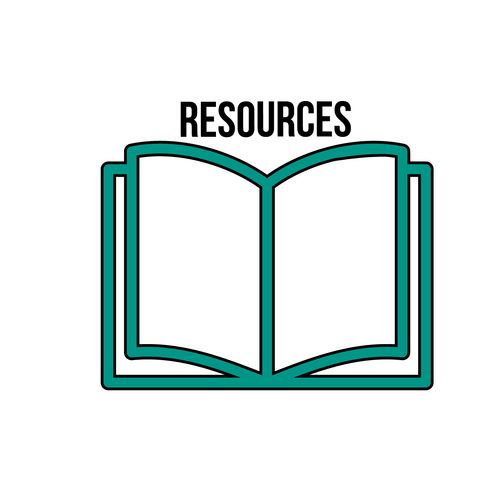
- Stopbullying.gov. (n.d.). Youth engagement toolkit. Retrieved From: https://www.stopbullying.gov/sites/default/files/2017-09/youthengagement_brieftoolkit_compliant.pdf
- Britain’s Got Talent. (2014). Bars & Melody. Retrieved From: https://www.youtube.com/watch?v=g3Rf5qDuq7M
This lesson was created in partnership with Albert Einstein College of Medicine Department of Epidemiology and Population Health with funding support by the National Institutes of Health NIDDK Grant R01DK097096.

